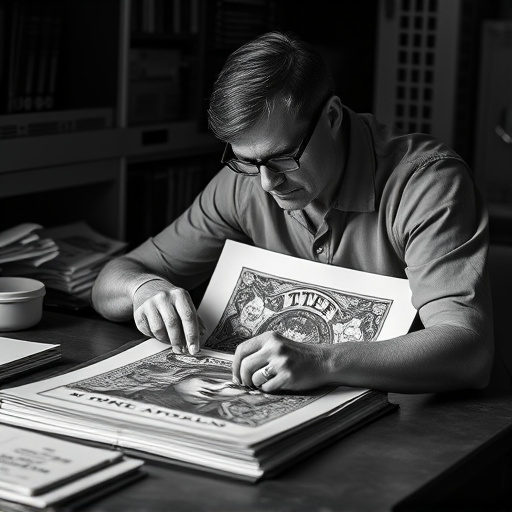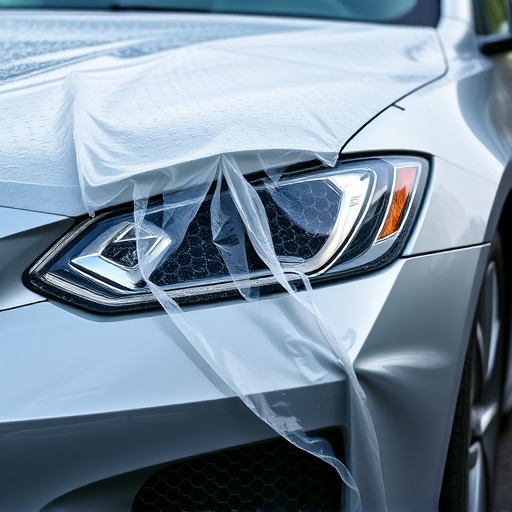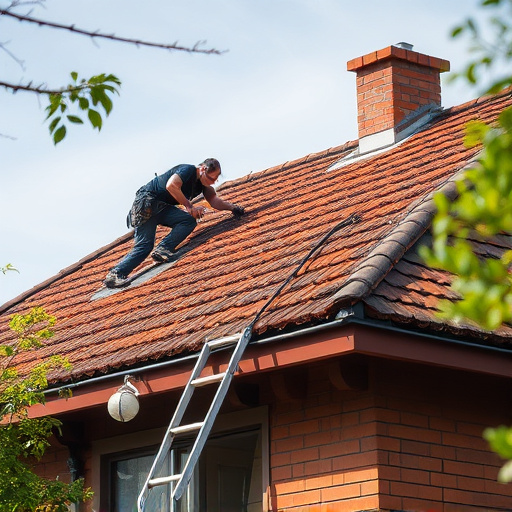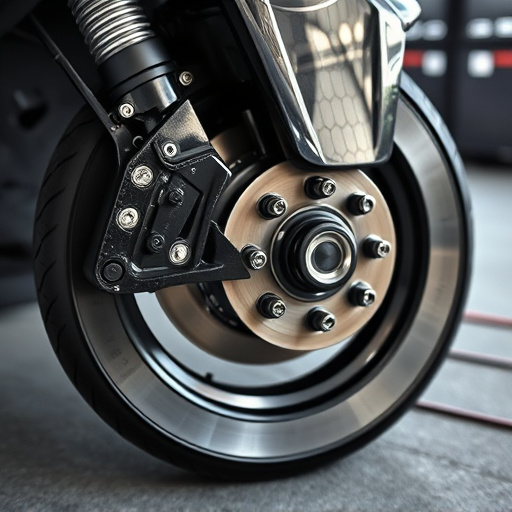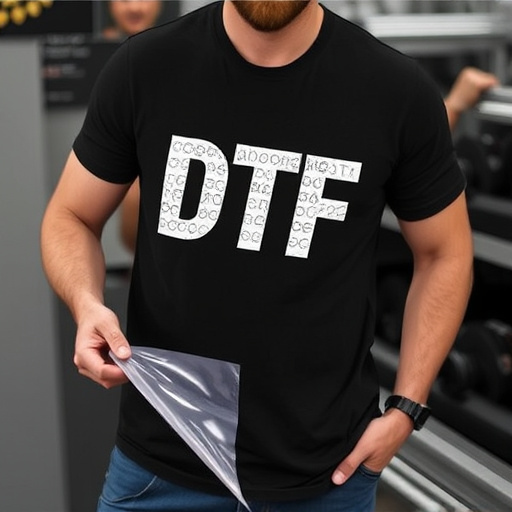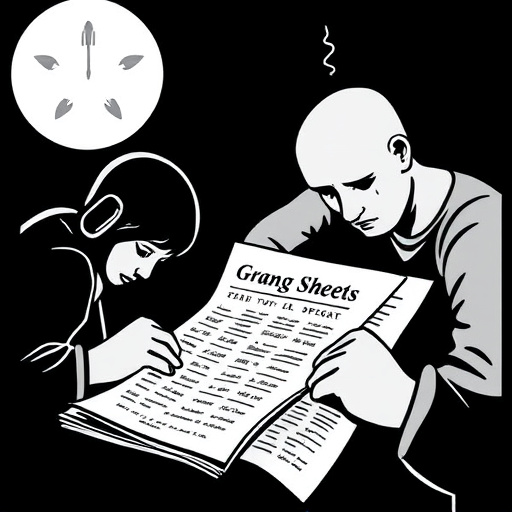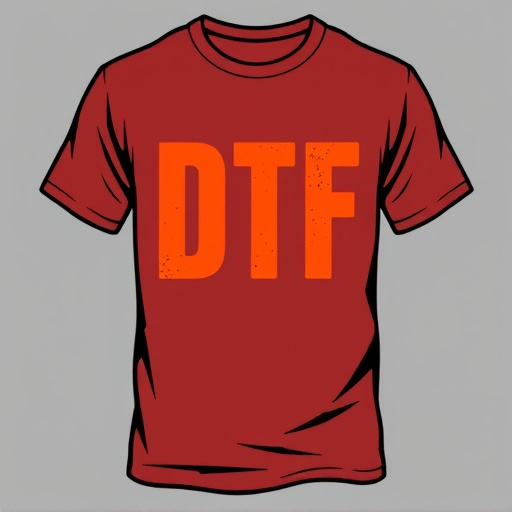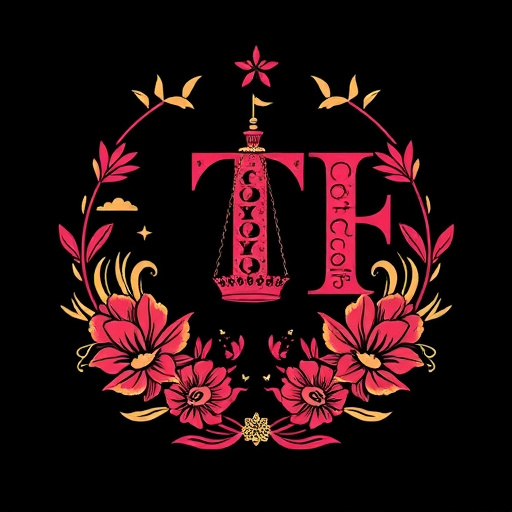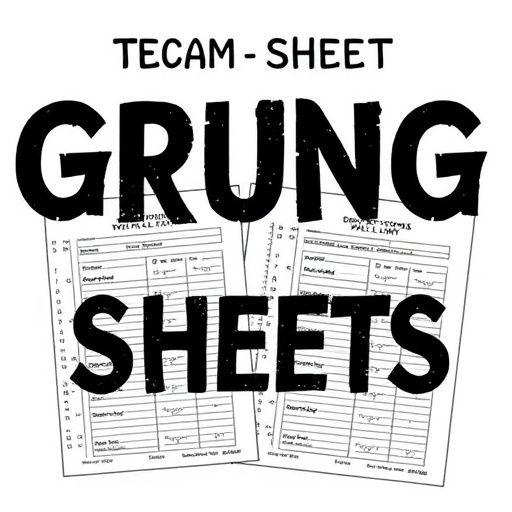Mastering DTF Heat Press settings (time, temperature, pressure) is crucial for high-quality direct-to-fabric transfers. Adjustments should consider fabric type, thickness, and transfer film quality to avoid bubbles, damage, or weak bonding. Calibrating the press precisely, following manufacturer guidelines, ensures optimal results for custom orders, especially with intricate designs.
Unleash the full potential of your DTF Heat Press by mastering the art of time, temp, and pressure calibration. This guide will empower you to achieve flawless results in every press. From understanding the fundamentals of DTF Heat Press settings to avoiding common mistakes, you’ll learn the secrets to optimal efficiency. Discover the ideal combinations for various materials and designs, ensuring consistent quality with every use. Elevate your printing game today!
- Understanding DTF Heat Press Settings
- Adjusting Time, Temperature, and Pressure for Optimal Results
- Common Mistakes to Avoid When Calibrating Your DTF Heat Press
Understanding DTF Heat Press Settings
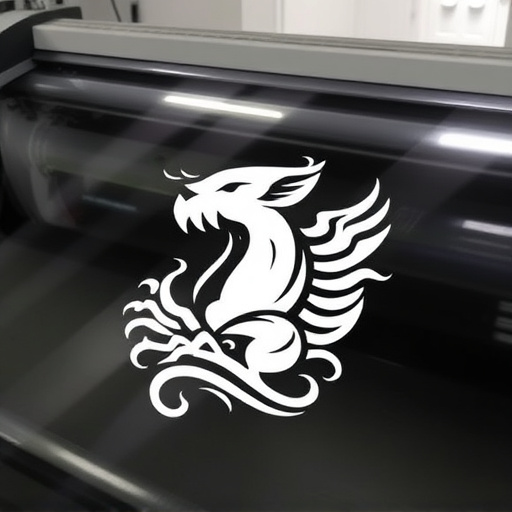
Understanding DTF Heat Press Settings is key to achieving high-quality DTF (Direct To Fabric) transfers. The primary parameters to adjust are time, temperature, and pressure—each playing a critical role in the printing process. Time refers to the duration for which the heat press is applied to the fabric, ensuring adequate bonding of the transfer film. Temperature is crucial as it determines how much heat is transferred to the fabric, affecting the vibrancy and durability of the print. Pressure ensures that the design makes complete contact with the fabric, eliminating bubbles and ensuring a smooth finish.
Proper calibration of these settings is essential for the DTF Heat Press’s effectiveness and the final product’s quality. Factors like fabric type, thickness, and the type of DTF transfer film used should influence these settings. For instance, different fabrics require varying temperatures to achieve optimal adhesion without causing damage. Likewise, using a high-quality DTF transfer film can impact both temperature and pressure requirements, as premium films are designed for better durability and ease of application.
Adjusting Time, Temperature, and Pressure for Optimal Results

Adjusting Time, Temperature, and Pressure for Optimal Results
When working with a DTF Heat Press, mastering the art of time, temperature, and pressure adjustments is key to achieving exceptional results, especially when handling dtf small orders or creating intricate dtf heat transfers. The first step involves understanding that each material and design varies, demanding tailored settings. Begin by consulting your machine’s manual for recommended ranges; however, remember that these are guidelines, and precise adjustments will depend on the specific dtf file preparation and materials used.
Temperature is a critical factor, as too low can result in an inadequate bond while excessive heat can damage the substrate or transfer. Experiment with increments of 5-10 degrees until you find the sweet spot for your project. Pressure also plays a vital role, especially when dealing with detailed dtf heat transfers; higher pressure ensures better contact and adhesion to the substrate. However, be mindful not to overdo it, as excessive pressure can cause warping or damage to delicate materials.
Common Mistakes to Avoid When Calibrating Your DTF Heat Press
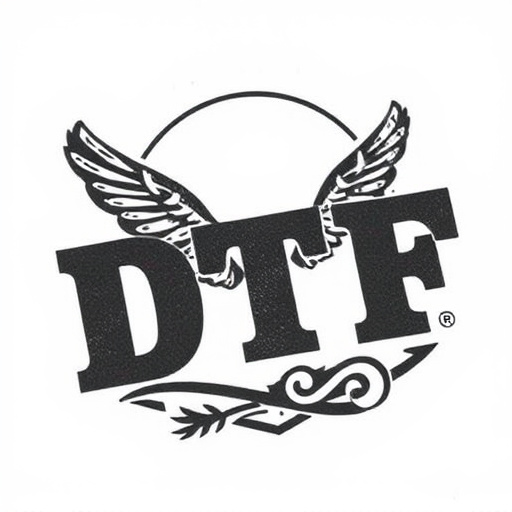
When calibrating your DTF Heat Press, there are several common mistakes to avoid that can affect the quality of your dtf design requirements and dtf transfer printing. One of the most frequent errors is not taking enough time to ensure precise temperature control. Rapid heating or uneven heat distribution can lead to inadequate bonding of ink to the substrate, resulting in low-quality custom orders.
Another mistake is neglecting pressure calibration. Insufficient pressure can cause ink smudging or lifting, while excessive pressure may damage the print or substrate. Always follow the manufacturer’s guidelines and use a suitable pressure tool to achieve the optimal pressure settings for your dtf transfer printing needs. Remember that patience and attention to detail are key when calibrating your DTF Heat Press to ensure the best results for your dtf custom orders.
Mastering the art of adjusting time, temperature, and pressure on your DTF Heat Press is key to achieving exceptional results. By understanding the interplay between these settings, you can create a seamless, high-quality printing process. Avoid common pitfalls by calibrating accurately and consistently, ensuring optimal outcomes with every press. With practice, you’ll become a pro at navigating the precise adjustments needed for your DTF Heat Press, unlocking its full potential.
